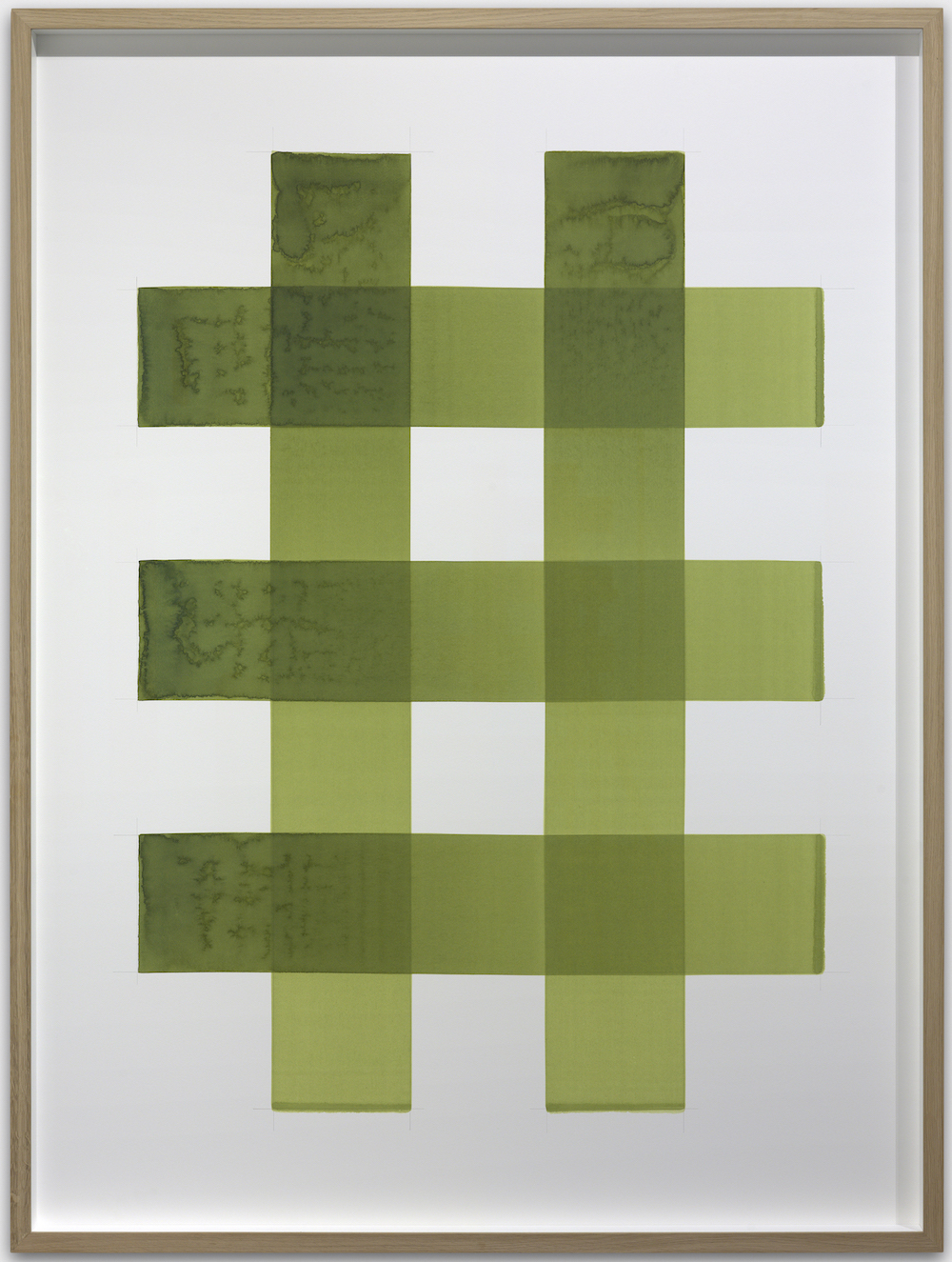“The very fact of choosing to be an artist is a kind of compromise. It enables me to belong to society while staying slightly outside” (Fabrice Gygi).
Fabrice Gygi (Geneva, 1965) began his artistic career as an adolescent with drawings he tattooed on his own body. These tattoos, which he himself considers his first engravings, are part of his formal vocabulary. They reappeared on paper in 1997, and later in the form of 25 linocuts (Viens dans ma peau). Interested in techniques and materials, his art is expressed through sculpture, engraving, video, installations, photography and performance.
While living his nomadic life (between Genevan squats and periods spent in Canada, Zurich and Vevey), Gygi has developed a protean installation-sculpture practice mainly conceived with the help of tarpaulins and wire mesh, as variations on existing functional structures, Tribune (1996), Podium (1997), Snack-mobile (1998), Vidéothèque mobile (1998). At once cabins, refuges, but also cages, these places evoke the dual feeling of protection and confinement, freedom and control. It is through the ambivalence of these structures that Gygi deconstructs and questions our society’s systems of authority.
Attracted by minimal and conceptual art, he pursues his exploration of forms and materials through a broad selection of these (from steel and concrete to leather and wood), conceiving reinvented objects whose functions are always ambiguous. Placed directly on the ground, kept in a state of tension by systems of ties, or hung from chains, his installations evoke play as much as torture, lightness as much as hardness, pleasure as much as repression. In this universe both sombre and playful, which highlights mechanisms of constraint and power, Gygi shows his general rejection of the social order.
After a first solo exhibition at CNAC—Le Magasin in Grenoble, Fabrice Gygi represented Switzerland at the São Paulo Art Biennial in 2002, as well as at the 53rd Venice Biennale in 2009 with the installation Economat. In the meantime, solo exhibitions were dedicated to his work at the MAMCO (Geneva, 2004), at the Kunstmuseum St. Gallen, and in the United States (Orange County Museum of Art, Newport Beach, 2005).
Fabrice Gygi (Geneva, 1965) began his artistic career as an adolescent with drawings he tattooed on his own body. These tattoos, which he himself considers his first engravings, are part of his formal vocabulary. They reappeared on paper in 1997, and later in the form of 25 linocuts (Viens dans ma peau). Interested in techniques and materials, his art is expressed through sculpture, engraving, video, installations, photography and performance.
While living his nomadic life (between Genevan squats and periods spent in Canada, Zurich and Vevey), Gygi has developed a protean installation-sculpture practice mainly conceived with the help of tarpaulins and wire mesh, as variations on existing functional structures, Tribune (1996), Podium (1997), Snack-mobile (1998), Vidéothèque mobile (1998). At once cabins, refuges, but also cages, these places evoke the dual feeling of protection and confinement, freedom and control. It is through the ambivalence of these structures that Gygi deconstructs and questions our society’s systems of authority.
Attracted by minimal and conceptual art, he pursues his exploration of forms and materials through a broad selection of these (from steel and concrete to leather and wood), conceiving reinvented objects whose functions are always ambiguous. Placed directly on the ground, kept in a state of tension by systems of ties, or hung from chains, his installations evoke play as much as torture, lightness as much as hardness, pleasure as much as repression. In this universe both sombre and playful, which highlights mechanisms of constraint and power, Gygi shows his general rejection of the social order.
After a first solo exhibition at CNAC—Le Magasin in Grenoble, Fabrice Gygi represented Switzerland at the São Paulo Art Biennial in 2002, as well as at the 53rd Venice Biennale in 2009 with the installation Economat. In the meantime, solo exhibitions were dedicated to his work at the MAMCO (Geneva, 2004), at the Kunstmuseum St. Gallen, and in the United States (Orange County Museum of Art, Newport Beach, 2005).




